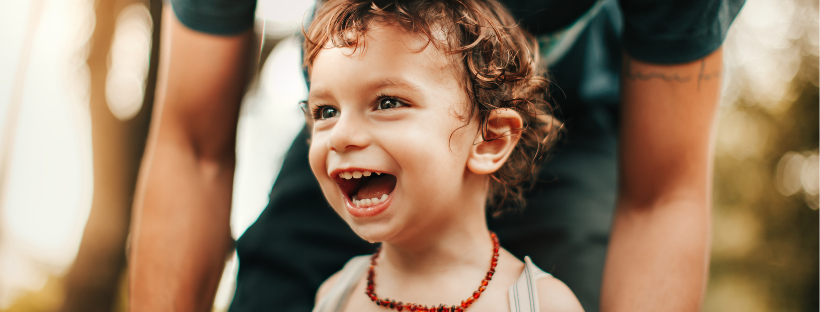.png)
High quality pedagogy helps for example when children get restless or when situations need more focus for learning. But what is pedagogy in practice?
You might understand quickly that you need to promote pedagogy for exaple when children are queuing to wash hands or while they wait for story time to begin.
Simply, pedagogy is - or at least it should be - present in all moments of the day that a teacher spends with children. Pedagogy does not play a part only during circle times, pedagogy is there all the time, all the way from morning to afternoon.
Pedagogy can be seen in guided activities, when supporting children's play, in transition moments, when eating or resting and in all other moments that teacher encounters children.
Test and wear 'pedagogical glasses' for a day
It is worth while to stop and think through your day with 'pedagogical glasses' on. You can assess and notice the weak points of the day and start to develop them. Think for example:
- What moments are stressful?
- When are the children restless?
- Are there moments when sensitive interaction with the children does not come true?
Discuss with your team and search for solutions together. You might understand quickly that you need to promote pedagogy for exaple when children are queuing to wash hands or while they wait for story time to begin.
How to enhance restless moments and add high quality pedagogy to the day?
- Use poems and songs when children are in the queue - time goes faster when you sing and children get to practice new songs and participate.
- Add pictures and visual sings to the walls where children can see them, for example on how to wash hands properly, so that children can practice handwashing moves while they wait.
- Add more adults' presence to the hectic and stressful moments.
The core idea is to understand the child's point of view. How does the child see this situation? What means versatile and safe early childhood education to the child? How can we support the child's wellbeing, growth, development and learning throughout the day? Teacher can see the child's side by observing closely, interacting in a sensitive manner and helping the child to name and show his feelings.
.png)
What is then the worst thing that prevents pedagogical early childhood education from happening?
The absolute NO's in early childhood education are:
- Educator's closed mind that only follows everyday routines as changing diapers like a robot.
- Treating all the children similarly without noticing their personalities and unique needs and different ways to communicate.
- Doing the job similarly as it was done 20 years ago.
→ This kind of thinking does not support high quality pedagogy nor children's learning.
High quality pedagogy is based on warm and sensitive interaction with the children. <3 The core idea is to understand the child's point of view.
Happy encounters!
.png)
References: Liisa Ahonen & Piia Roos. 2021. Untuvikot - alle 3-vuotiaiden pedagogiikka. (Untuvikot - pedagogy with children under 3y.)
.png)



.png)